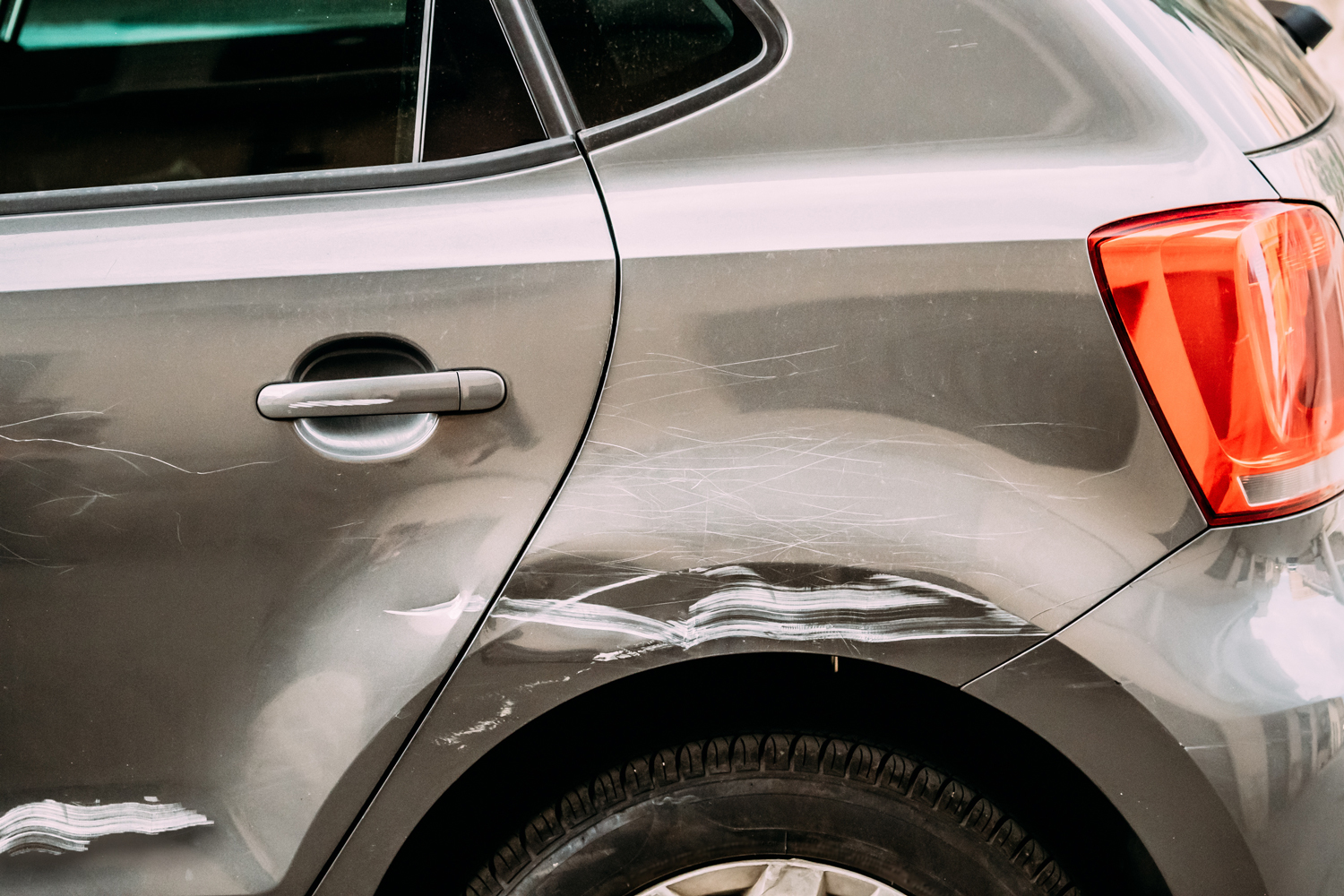Impact of Tampered Images in the Insurance Process
Photo editing Using widely available photo editing tools to alter photos, e.g. exaggerating the damage on a vehicle claim

Metadata editing
Changing time, date or location, i.e. using an old photo of where dates have been modified either to claim fraudulent damage or repair completion.
Recapture
Using a camera to take a photo from a computer or tv screen, photo of a photo or submitting a screen capture, i.e. to create a false claim with images where the time, date and location otherwise appear valid.
Reuse
Using photos or videos downloaded from the internet in an attempt to stage a claim or insure assets not owned by the insured, i.e. insuring a diamond ring by downloading a photo of a ring from the internet.
Synthetic media
Using AI technology, creating photos of non-existent assets, damage or claims, i.e. creating a fake photo of vehicle damage. The technology for this is rapidly advancing and simplistic online examples of photo generators can be found at sites like This X Does Not Exist.
A process to detect and/or prevent digital media tampering has become increasingly important with the growing cyber threat of elaborate AI technologies that edit or synthesize digital media.
How Attestiv Helps Prevent Tampering
Attestiv provides inline analysis that uses a combination of AI and rules-based models to calculate a tamper score for each digital media item that is gathered. The resulting tamper score is a number between 0 and 100, where any score over 50 indicates an item is suspect. The analysis includes subscores over the categories listed above.
Additionally, Attestiv offers the option to digitally fingerprint photos, videos or documents at the point of capture. This patented process stores a unique, non-identifiable, digital cypher for each media item to an immutable distributed ledger, which provides a chain of custody, making the digital media tamper-evident from that point forward. This methodology represents the ultimate tamper prevention solution and even guards against the more advanced, AI-generated synthetic media fraud, where images or videos can be synthetically generated, rather than edited.
Through the combination of fingerprinting and inline analysis, Attestiv offers the industry’s highest (99+%) confidence level against digital media tampering.
| Category | Risk | Remediation | Attestiv Platform Solution |
|---|---|---|---|
| Tampering | Media fraud, including: Metadata, Provenance, Integrity, Recapture, Reuse, Synthetic media | Media analysis and enforced chain of custody from point of capture | Inline AI and rules-based 6pt media analysis. Fingerprinting to blockchain ensures chain of custody and protects against tampering and synthetic media |
Attestiv offers a suite of solutions to implement, enforce and audit best practices for digital media intake. Attestiv can be customized and implemented discretely via APIs to build a set of best practices around digital media intake that are sustainable, consistent and tamper-resistant, as part of an incremental business improvement process.
Join us next week as we discuss guideline #4 – Duplication.






